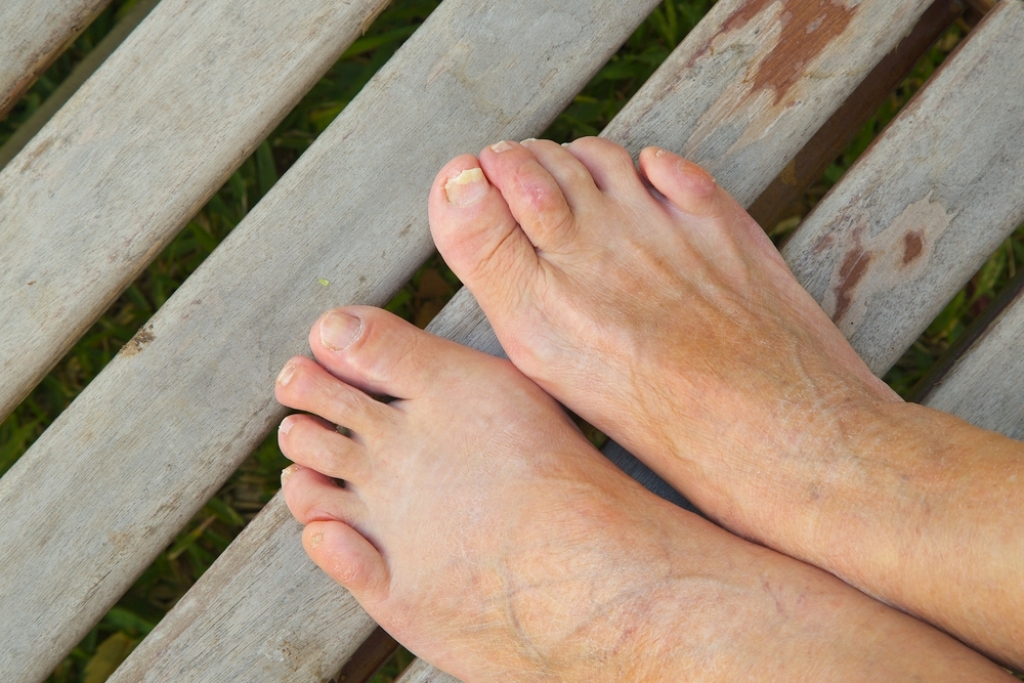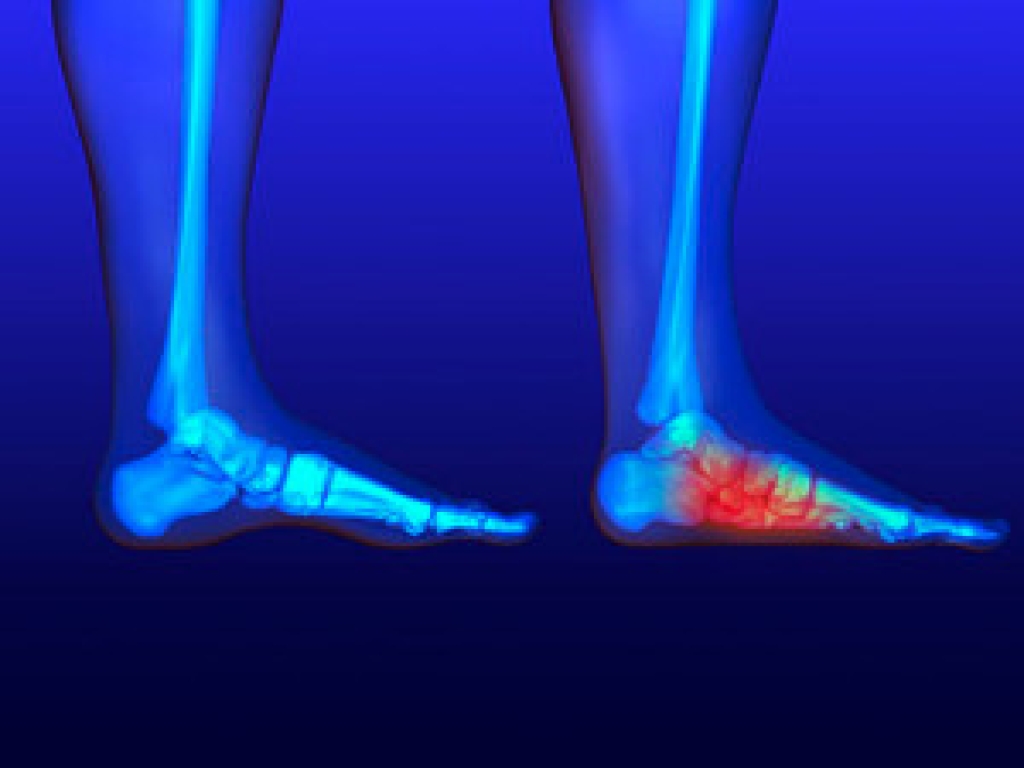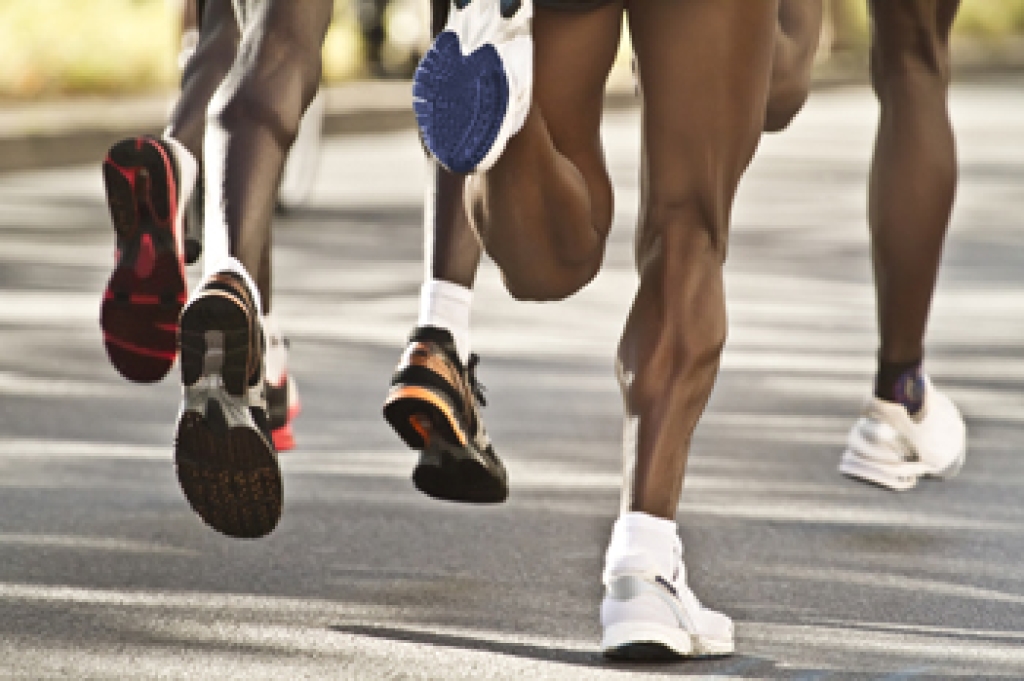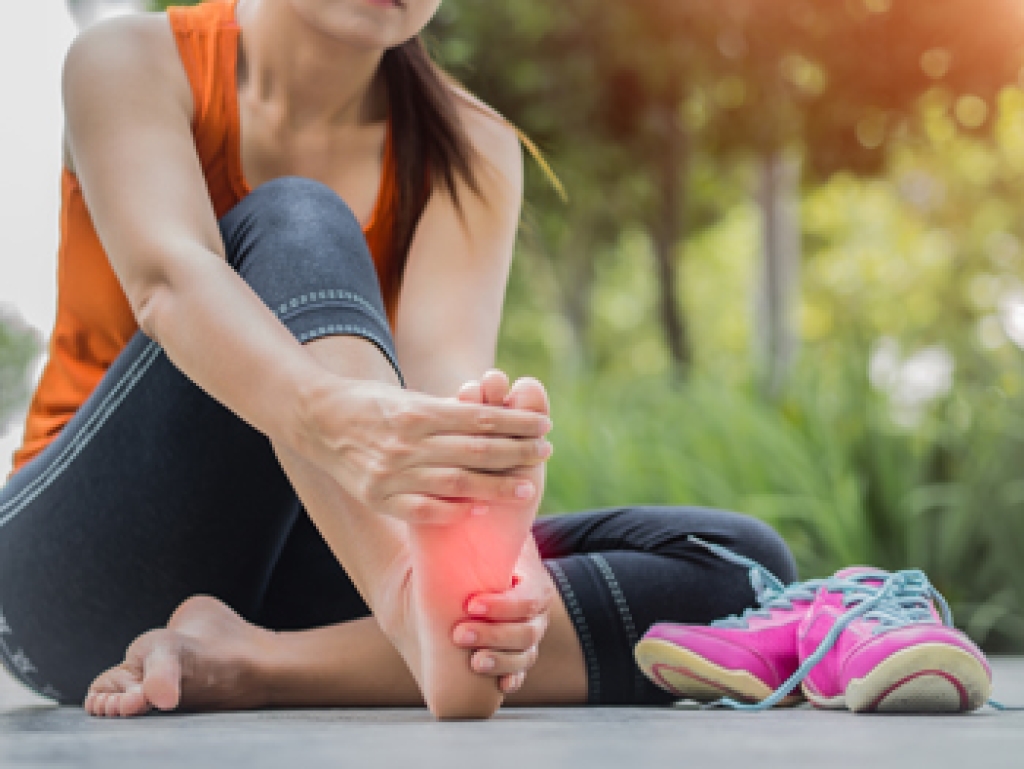 Hammertoe is a type of foot deformity in which the toes bend upward at the middle joint, giving them a hammer-like appearance. This condition is usually caused by a muscle or tendon imbalance, but can be aggravated by wearing shoes that are too tight or narrow in the front or have excessively high heels. In the initial stages, the hammertoe may still be flexible and the toes can be straightened. In later stages, the toes can become rigid and you will not be able to straighten them. Flexible hammertoe can be treated by wearing shoes that are comfortable and have a wide toe box, wearing orthotic inserts, and stretching and exercising the toes. Rigid hammertoe may require surgery to correct it. If you have hammertoe, please consult with a podiatrist to see which treatment options may be right for you.
Hammertoe is a type of foot deformity in which the toes bend upward at the middle joint, giving them a hammer-like appearance. This condition is usually caused by a muscle or tendon imbalance, but can be aggravated by wearing shoes that are too tight or narrow in the front or have excessively high heels. In the initial stages, the hammertoe may still be flexible and the toes can be straightened. In later stages, the toes can become rigid and you will not be able to straighten them. Flexible hammertoe can be treated by wearing shoes that are comfortable and have a wide toe box, wearing orthotic inserts, and stretching and exercising the toes. Rigid hammertoe may require surgery to correct it. If you have hammertoe, please consult with a podiatrist to see which treatment options may be right for you.
Hammertoes can be a painful condition to live with. For more information, contact Jeffrey Radack, DPM of Texas Regional Foot & Ankle Clinics. Our doctor will answer any of your foot- and ankle-related questions.
Hammertoe
Hammertoe is a foot deformity that occurs due to an imbalance in the muscles, tendons, or ligaments that normally hold the toe straight. It can be caused by the type of shoes you wear, your foot structure, trauma, and certain disease processes.
Symptoms
- Painful and/or difficult toe movement
- Swelling
- Joint stiffness
- Calluses/Corns
- Physical deformity
Risk Factors
- Age – The risk of hammertoe increases with age
- Sex – Women are more likely to have hammertoe compared to men
- Toe Length – You are more likely to develop hammertoe if your second toe is longer than your big toe
- Certain Diseases – Arthritis and diabetes may make you more likely to develop hammertoe
Treatment
If you have hammertoe, you should change into a more comfortable shoe that provides enough room for your toes. Exercises such as picking up marbles may strengthen and stretch your toe muscles. Nevertheless, it is important to seek assistance from a podiatrist in order to determine the severity of your hammertoe and see which treatment option will work best for you.
If you have any questions, please feel free to contact our office located in McKinney and Coppell, TX . We offer the newest diagnostic and treatment technologies for all your foot care needs.



